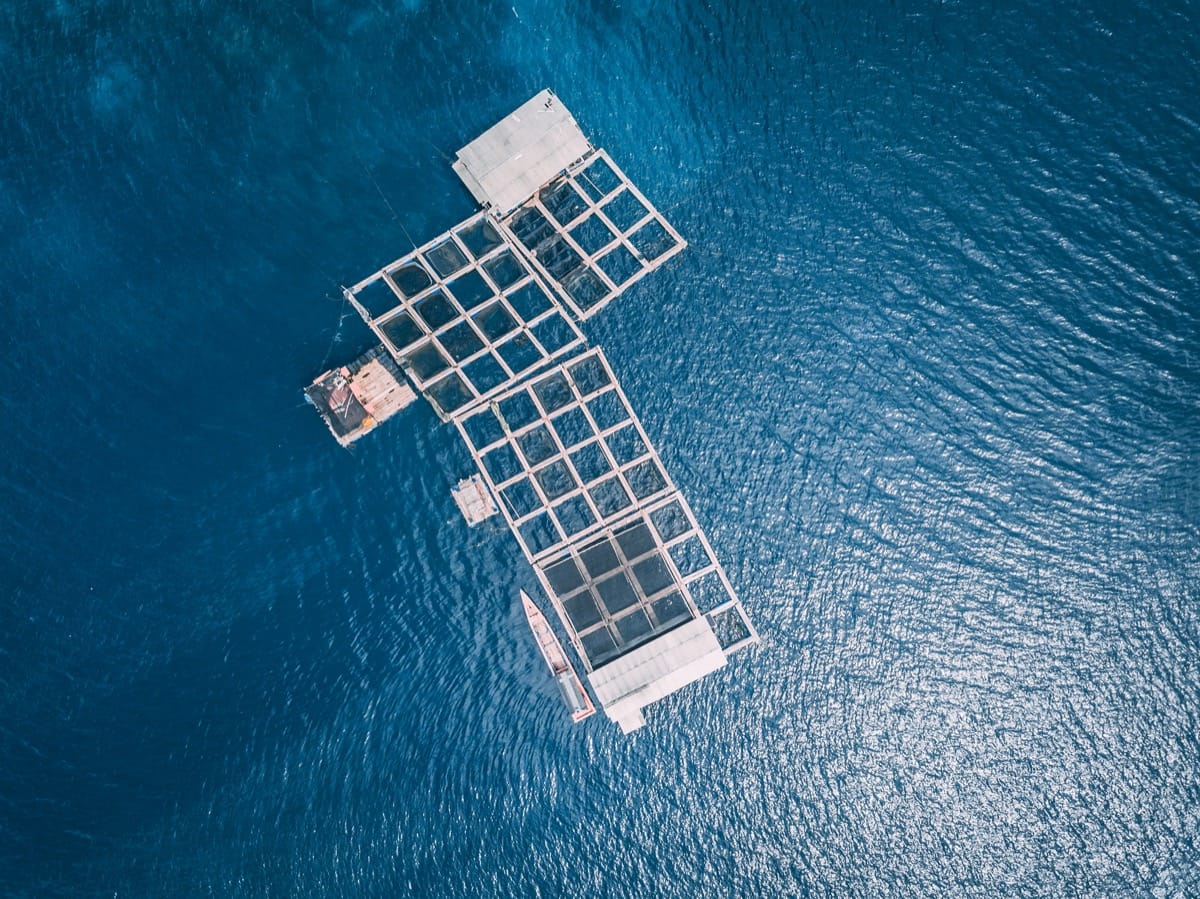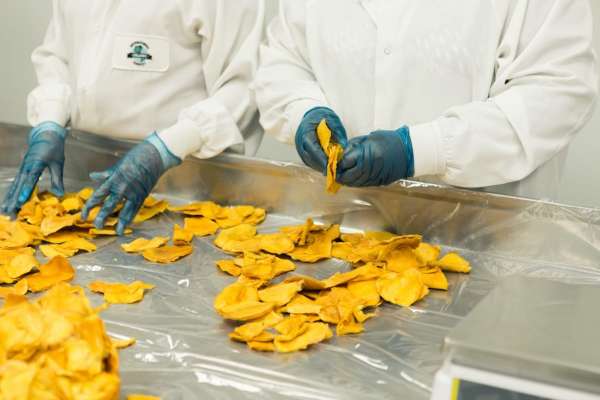Aquaculture
Lessons
# Learn
Students view a career video featuring the impact of the global demand for protein on careers in engineering, finance, animal nutrition and global trade.
Files
# Explore
Students take an e-learning course providing background information on selective breeding, plant-based food rather than fish meal, aquaponics and challenges that fish growers deal with such as disease and animal care.
Files
Teacher background
Aquaculture feeds millions of people around the world. As wild-caught fish numbers have declined, fish farming has grown. Animal nutritionists study ways to feed fish without reducing the fish population; soybeans have been a part of that solution. Companies have discovered that this new diet has increased efficiencies including better fish health and faster growth. This means less waste and reduced environmental impacts.
Next gen science standards
Science and engineering practices
- Analyzing and interpreting data
- Obtaining, evaluating, and communicating information
Crosscutting concepts
- Cause and effect
- Systems and system models
- Stability and change
Disciplinary core ideas/content
- ESS3C Human impacts on Earth systems
- LS1D Information processing
- LS2D Social interactions and group behavior
- PS2B Types of interactions
- ETS2A Interdependence of science, engineering and technology





Share this